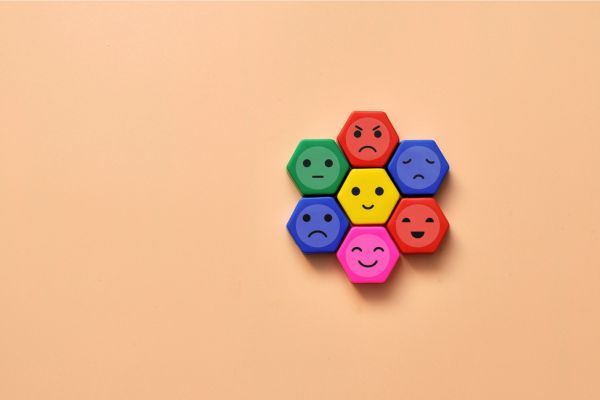Insights
INSIGHTS
All Topics
My Account
Ten ways to build capacity
Need some extra headspace to get to grips with digital? Here are some of the best ways to build capacity and carve out some precious time
The Charity Digital Skills Survey 2024 found that 68% of charities are struggling to progress digitally due to their finances, headspace, and capacity. Funding is limited and charities are stretched financially. But that leaves headspace and capacity – two areas where small changes can make big differences.
Here are ten ways to help build headspace and capacity – so you can put some focus on digital development.
Start with the easy wins
The task of creating headspace and capacity is a bit of a chicken and egg situation. You first need time and space to be able to create more time and space. So one approach is to pick off the easy wins first. Little by little these will add up, until ultimately you’ll have carved out the time you need to focus on your more substantial end goals.
That might look like putting some quick efficiency-fixes into your own day, before looking at your team more widely.
Get great at prioritising
There are lots of tools to do this, one being the Eisenhower Matrix. Stick each item on your to do list in one of the quadrants: important/urgent, important/not urgent, not important/urgent, not important/not urgent.
Then prioritise (or if possible, delegate) accordingly. Prioritising will help you to work more efficiently, and shave time off your overall workload.
Block off tasks
Sometimes we have to multi-task, especially if juggling a busy inbox. But when possible, take one task at a time – it’s the most efficient way to work.
There’s an exercise that shows the downside of multi-tasking. Time how long it takes to write all the letters of the alphabet, then write the numbers 1-26.
Then time how long it takes to write both lists, switching between the two (A1, B2, C3, etc.). There’s a lot to be said for taking one thing at a time.
Protect your time
If you’re working on something that needs your focused attention, like drafting a grant application or finalising a report, block out time in your diary and step away from your email. It will be easier to focus with fewer interruptions, meaning you’ll get the job done more swiftly.
Know what time of day you’re sharpest
We all function best at different times of the day. If you’re spritely first thing, but slump after lunch, tackle the jobs that need most clarity first thing. Or if you need some time to warm up in the morning, use that first half hour to work through run-of-the-mill tasks.
Make the most of your volunteers
It’s likely your volunteers bring a whole range of skills. Think about whether there are areas of work they could help with, outside of the ways they currently support you.
For example, there might be some regular tasks that are easy to batch up for virtual or micro volunteering. Or it might mean finding volunteers who have digital expertise themselves, who could share their skills or guide you in the bigger project.
Build partnerships
Collaboration is a great way to build capacity. There may be other charities or organisations in your area who you could partner up with for specific projects or to share information.
For example, if you’re looking for event space nearby, another local charity may already have researched them and have contacts. Building partnerships and sharing knowledge can help everyone involved to save time.
Use existing resources
Using existing resources is one way to save time.
For example, NCVO has free template governance documents, CAST shares 82 guides on using digital tools, and CharityComms has social media policy templates and film and photography briefs.
There are lots of good-quality, free resources available, so don’t feel the need to reinvent the wheel.
Play to your strengths
While each person will have their own responsibilities, it’s likely there are some tasks or processes that are shared across the team. In that case, give everyone the chance to play to their strengths.
Some will love detailed, repetitive tasks, while others might be great at brainstorming. Where there can be flexibility within roles, playing to strengths can help people to work most efficiently, and do the tasks they find most fulfilling.
Streamline processes
Working faster and smarter will help you to carve out the time for more in-depth projects. Streamline processes, and potentially automate any that you can. Use AI to rough-cut a funding proposal, take meeting notes, or generate new email copy.
Making a few simple shifts, as well as those described above, will add up to more time, more capacity, and more headspace – bit by bit.
More on this topic
Recommended Products
Recommended Products
Related Videos
Our Events
Charity Digital Academy
Our courses aim, in just three hours, to enhance soft skills and hard skills, boost your knowledge of finance and artificial intelligence, and supercharge your digital capabilities. Check out some of the incredible options by clicking here.




















